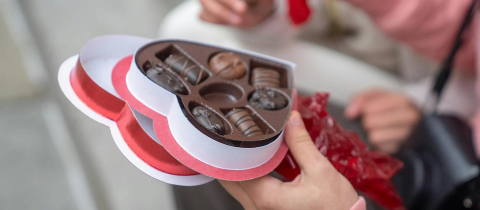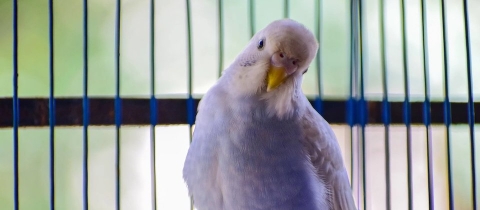Believe it or not, some 200 tons of birds’ nests are consumed in the world every year with Hong Kong diners leading the way. We’re not talking any old birds’ nest here. These are very special nests constructed by several different species of swiftlets, birds about the size of swallows, found mostly in Thailand, Vietnam, Indonesia, Borneo and the Philippines. The male builds the nest over about 35 days, using, I kid you not, his saliva! No twigs, no leaves, just the sticky material secreted from the bird’s two sublingual salivary glands.
You wouldn’t think that dining on bird dribble would have much of an appeal, but apparently, there’s no shortage of people willing to shell out up to one hundred dollars for a bowl of bird’s nest soup. Why the exorbitant price? Because collecting the nests is a painstaking and often dangerous operation. They’re usually found high on cave walls and harvesting requires climbing specially constructed bamboo trellises while balancing a flashlight between the teeth. Losing one’s grip can mean death. Harvesters also carry a “rada,” a three-pronged instrument they believe was approved by the cave gods. Plucking with bare hands is a no-no, as is making any noise that might disturb the cave spirits.
The traditional method of harvesting has not been able to keep up with the escalating demand for birds’ nests, prompting some inventive technology. Concrete or wood nesting houses have been built along the sea coast, mostly in Thailand and Indonesia, and seem to be as inviting to birds as the limestone caves. And there are no flimsy scaffoldings or cave spirits to deal with.
After collection comes the tedious process of cleaning the nests. Soaking in water softens the nest cement so that feathers and bits of dirt can be removed with tweezers. The cleaned strands are then moulded into various shaped pieces of “cubilose,” one of the most expensive food ingredients in the world. How expensive? The “Caviar of the East” retails for about $2000 for a kilo of “white nests” and more than $10,000 for a kilo of “red blood nests.” Cooking a few grams mixed with sugar in a double boiler is said to produce a gastronomical delight. I must admit to being somewhat skeptical about the pleasure that can be derived from sweetened bird spit.
Mostly, though, it’s not their palates that people are looking to please, it is the rest of their anatomy. According to Traditional Chinese Medicine, bird’s nest soup imparts a youthful appearance, raises the libido, improves immune function, increases mental focus and treats respiratory ailments as well as digestive problems. And red nests are thought to be more potent than the white.
Given the huge demand for this exotic product and the difficulty in procuring authentic samples, it comes as no surprise that fraudulent versions have appeared. Leave it to the ingenuity of crooks to come up with adulterations that are difficult to identify. One common technique is to dilute cubilose with less expensive substances such as karaya gum (a tree exudate), a wood-rotting fungus (Tremella) or red seaweed.
So what makes authentic red cubilose red? The most likely answer seems to be iron that leaches out from the walls of caves. University of Guelph researcher Massimo Marcone has studied the “Caviar of the East” extensively and found that both white and red nests contain a protein that has properties very similar to a protein found in eggs called ovotransferrin. This protein forms a reddish colour when complexed with iron and Marcone found that the red nests do indeed contain twice as much iron as the white. Ovotransferrin is known to be responsible for egg allergies, and interestingly, very similar reactions have been seen in some young children after consuming bird’s nest soup. It, therefore, seems quite likely that red cubilose owes its colour to an Iron-ovotransferrin complex.
Now let’s get down to the real nitty-gritty. What actually is cubilose made of, and is it possible that bird’s nest soup really has therapeutic properties? Based on chemical analysis, it seems unlikely. Edible bird’s nest is 62% protein, 27% carbohydrate, a few percent minerals, fat and moisture. Not a magical combination of nutrients. But nobody has ever run a properly controlled trial on the benefits of swiftlet spit and I doubt anyone ever will.
Want to comment on this article? View it on our facebook page!







